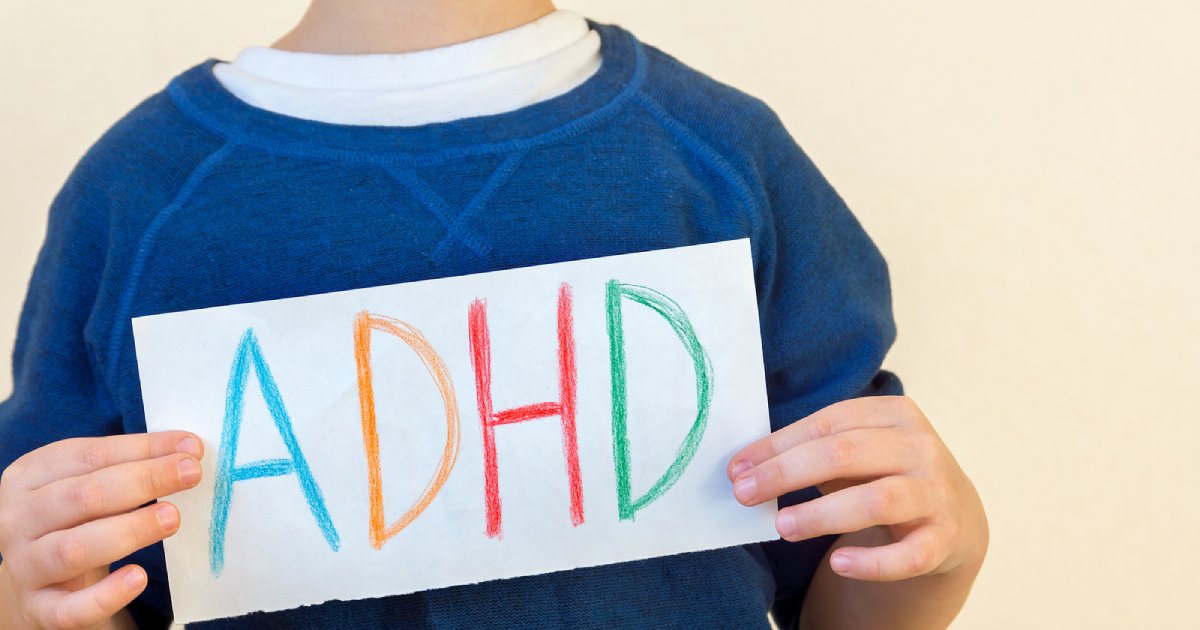The thought of taking your child to an ADHD test can feel intimidating. Many parents imagine clipboards, stern questions, or even a label that will follow their child forever. But the reality is far gentler: ADHD assessments are designed to understand your child’s strengths and struggles, not to define them. And the process is far less scary than you might think.
Why Testing Matters
ADHD can affect many aspects of a child’s life—from school performance to friendships to self-esteem. Sometimes parents aren’t sure whether their child’s behaviour is just typical ADHD or high energy. Without clarity, teachers and caregivers may misinterpret these behaviours as laziness, disobedience, or lack of motivation. A proper ADHD diagnosis or screening can bring understanding, paving the way for the right support. It can also ease tensions at home, as parents gain new insight into why certain behaviours happen.
What an ADHD Test Looks Like
An ADHD test isn’t a single pass-or-fail exam. It’s a multi-step process that paints a full picture of how your child thinks, learns, and behaves.
1. Initial Consultation
The journey usually begins with a conversation. A consultant will sit with you (and sometimes your child) to discuss concerns, family history, and developmental milestones. You might be asked about your child’s behaviour at home, in school, and even during social activities.
2. Two Assessment Routes
There are two routes available for assessment:
1. Formal Diagnosis Assessment – A comprehensive assessment conducted by our psychologist to provide a formal diagnosis if your child’s school requires official documentation for learning support or accommodations.
Cost: Typically ranges from $2,200 – $3,200.
2. Intermediate Screening Assessment – A shorter assessment to identify potential learning challenges, such as ADHD or dyslexia, providing valuable insights and recommending suitable intervention strategies.
Cost: $480 – $680.
3. Developmental or Cognitive Profiling
Through fun, interactive activities, your child’s learning and developmental profile is explored in areas such as attention, motor skills, memory, problem-solving, and other thinking abilities. These game-like exercises feel like enjoyable challenges, giving us a clear understanding of their strengths and the areas where extra support may be helpful.
What Parents Should Know
- It’s collaborative: Your input is essential. Parents know their child best, and your observations guide the process.
- It’s strengths-based: Assessments don’t only highlight difficulties. They also uncover areas where your child excels, such as problem-solving or other unique abilities.
- It’s the first step, not the end: An assessment is the beginning of a support journey, not a final verdict. A clear picture allows you to seek resources, accommodations, and therapies that best fit your child’s needs.
Is It Uncomfortable for the Child?
Most children actually enjoy the process. The activities feel like puzzles or games, and evaluators are trained to make kids feel comfortable and safe. There are no “wrong answers”—only opportunities to learn more about how your child’s brain works. Parents are often surprised at how much fun their child has during the sessions.
Why Early Assessment Helps
The earlier you gain clarity, the sooner your child can access tools and support. An accurate assessment can open doors to tailored learning strategies, therapy programs, and emotional support that set your child up for success. Early intervention can also boost confidence and reduce the frustration that often builds when a child feels misunderstood. The difference is not only academic but also emotional, as children begin to see their challenges as manageable.
What Happens After the Test?
After the assessment, the specialist will sit down with you to explain the results in detail. You’ll learn not just whether your child meets the criteria for ADHD but also what their unique profile of strengths and challenges looks like. Recommendations may include classroom accommodations, therapy, or skill-building programs. Some children benefit from brain training, while others may need targeted behavioural strategies at home and school.
Common Myths About ADHD Testing
- Myth 1: It’s just a quick quiz. In reality, testing is comprehensive and involves multiple steps.
- Myth 2: A diagnosis means medication. Not necessarily—many families explore practical strategies, therapy, or training first.
- Myth 3: The test labels my child. The goal is to provide clarity and support, not to reduce your child to a label.
Conclusion
An ADHD test is not something to fear. It is a compassionate process designed to shine a light on your child’s unique way of experiencing the world. With understanding comes empowerment—for both you and your child.
At the Singapore Brain Development Centre (SBDC), assessments are carried out in a supportive, child-friendly environment. Beyond ADHD testing, we offer customised intervention programs to help children with ADHD thrive academically, emotionally, and socially. Get in touch with us today and take the first step toward clarity and confidence for your child.

